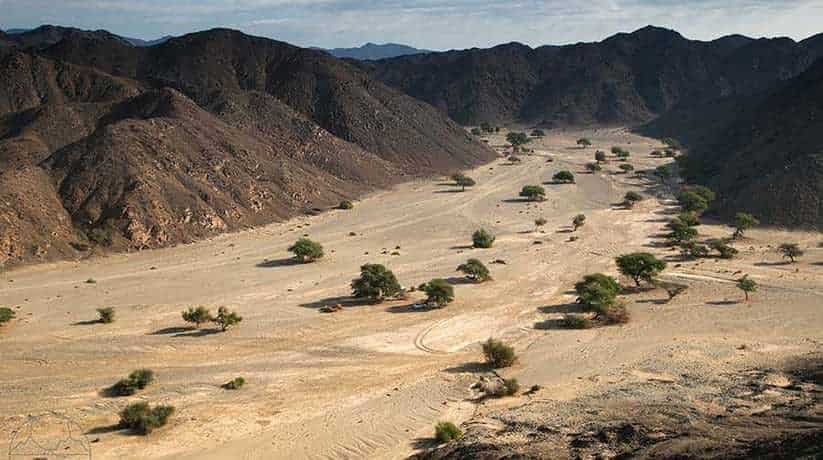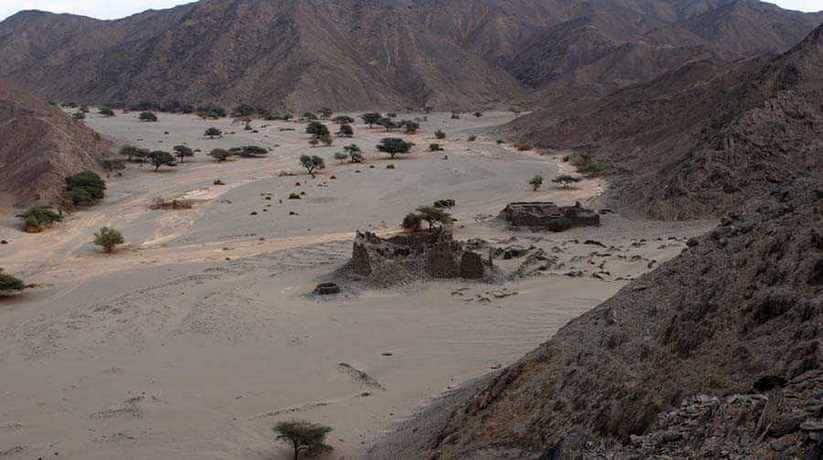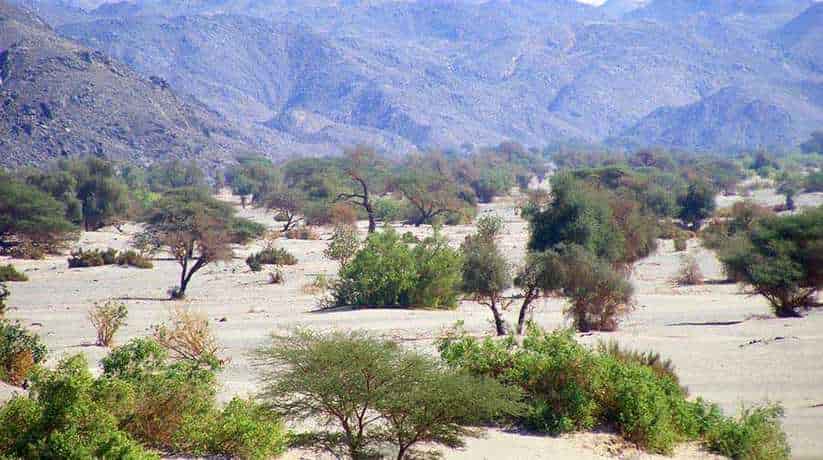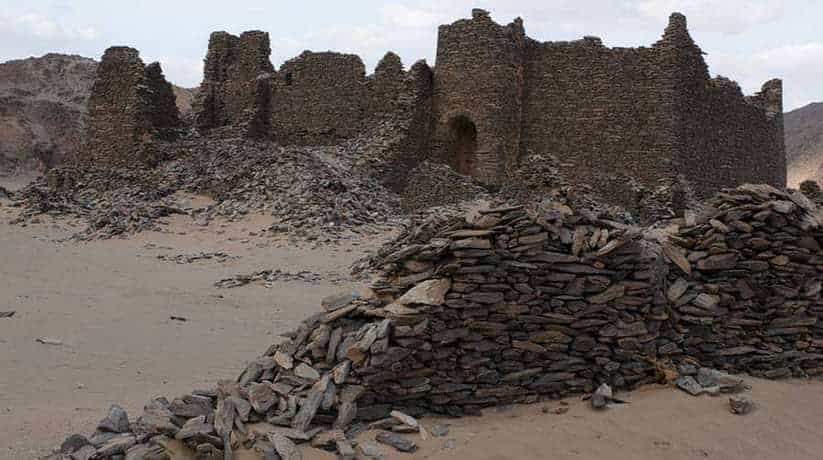Wadi El Allaqi Aswan Egypt tours, prices, booking, reviews
Wadi El Allaqi Aswan located 180 Km southeast of Aswan, Egypt. The area of Wadi El Allaqi Aswan declared as a protectorate in 1989. In fact, the site area is about 30000 square kilometer. The area is a large dry river which used to rise from the Red Sea hills especially Elba mountain. After the construction of the High Dam in Aswan, the water flowed and collected into the site. And then, it became the lakes’ part. The protectorate is a valley which is a result of the drying of a large river. In fact, it is 1 km wide and 275 km long. In fact, the valley features more than 90 species of plants. They are from the annual and perennial categories. Moreover, it also has over 15 species of mammals and 16 species of birds.
Wadi El Allaqi Aswan also has some venom containing reptiles and a large variety of invertebrates. The Wadi has greenery and rich soil acting as a pasture for animals. The astounding botanical variety which found here is no less than a treat for nature lovers. Wadi Allaqi Aswan bounded by Nasser’s Lake to the west and Red Sea by the east. The region of the valley has the earliest reference to mining which took place here. The mining took place during the Twelfth Dynasty of the Middle Kingdom. It was when the region known by the name Akita which located in the Land of the Wawat. In 1900s the area mined by British and South Africa companies as well.
Further details about Wadi El Allaqi Aswan:
The historical mining focused on the mining of high grade quartz veins and alluvial gold. The stooped out quartz veins show the historical mining activity. Waste dumps and tailing also seen in many deposits. They show that the site saw significant mining activities in the past. In fact Wadi El Allaqi Aswan also used by the nomadic tribes Bejas who live in the area. In fact, around 1000 members of Bisharyn and Ababda live here. The tribes used this land to graze livestock, for producing charcoal for fuel. They also did to collect medicinal plants. Also quarrying of nickel and copper and agriculture on a small scale done here. Some variety of medicinal plants also collected from the area.
In fact, all such activities somehow stopped from the Wadi in 1989. It was after it declared as a nature reserve. Since then, it managed by the Egyptian Environmental Affairs Agency. In 1993, it also declared as a biosphere Reserve by the UNESCO. Wadi El Allaqi Aswan area made up of nine tenement areas. Eight contain historical gold workings. The ninth one is a rich reserve of copper-nickel deposits. There are in total nine prospects, each of which covers 16 km 2 in area.
















